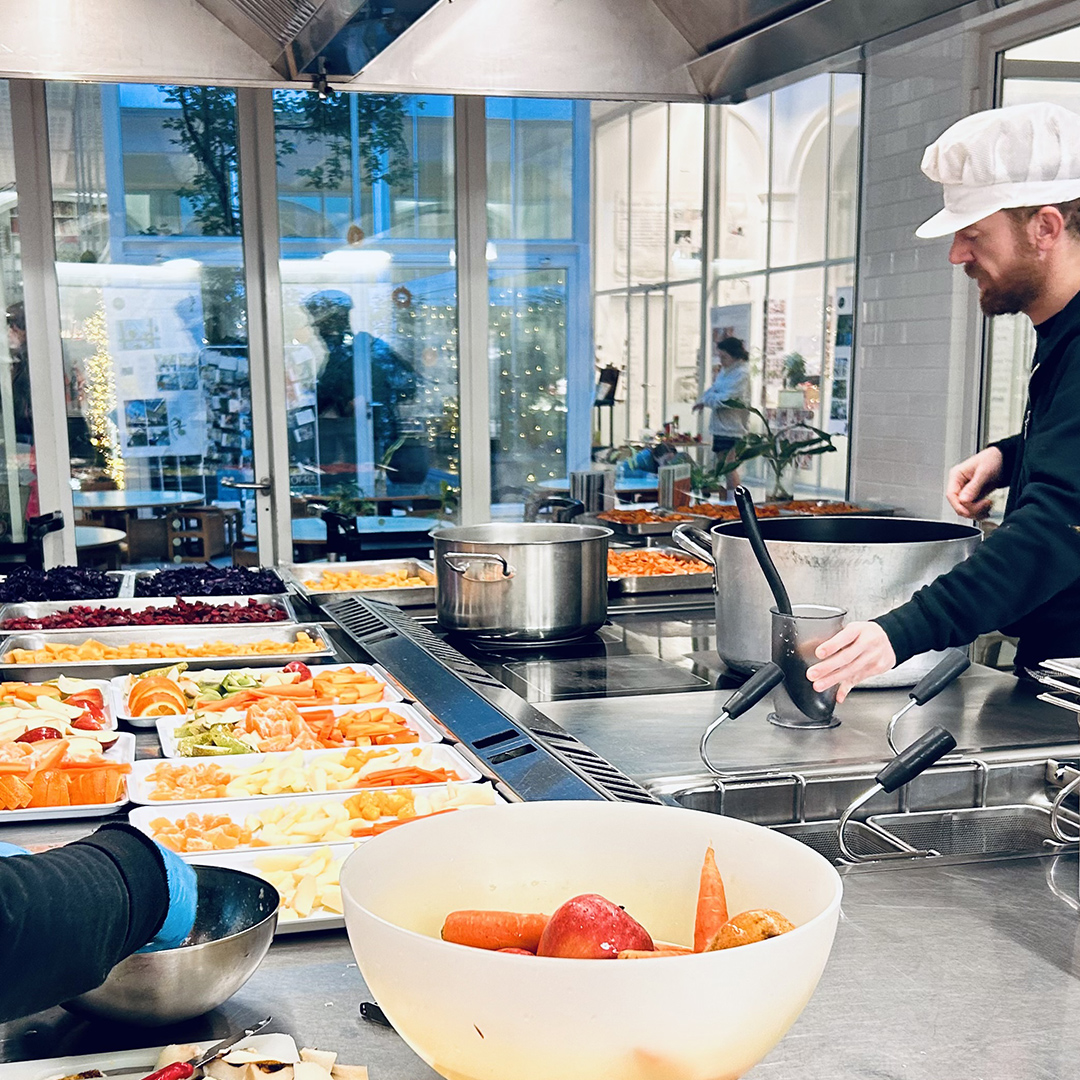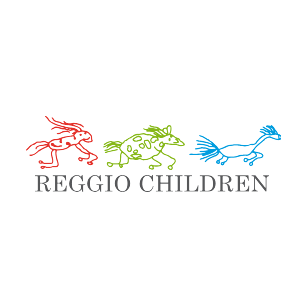Home / Project
Clorofilla Educational Project
The centrality of play, creativity in learning processes, bilingual competence, personality building and the emergence of the talents of individual boys and girls are the values that the Clorofilla Nursery School supports on a daily basis, through a wide-ranging educational project, with a proposal that welcomes children from 6 months to 6 years of age.
That’s why Clorofilla Nursery School benefits from working directly with Reggio Children since it opened and has as its pedagogical reference as Reggio Emilia Approach, recognized as excellent pedagogical method worldwide. An approach that enhances the potential of each child and is based on the concept of active listening between child, educator and parent.
Clorofilla is a bilingual nursery and pre-school, with a swimming pool (which can be used by children enrolled in the morning, allowing more opportunities for swimming), a rooftop garden with a big vegetable garden and fruit trees (with the garden atelierista dedicated to exploring nature) and an in-house kitchen that guarantees high-food quality (with organic food and a seasonal menu)
We carefully select and train staff, a team of teachers – Italian, English-speaking and bilingual native speakers – atelieristas, pedagogists, and cooks who are all passionate about teaching and working with children.
“La nostra è una pedagogia della relazione e dell’ascolto. Ascolto come accoglienza delle differenze, del valore del punto di vista. Ascolto che non produce risposte, ma costruisce domande”
Carla Rinaldi

Bilingualism
Talking about bilingualism in the Nido Scuola Clorofilla, a bilingual nursery school in Milan, means talking about an approach to the English language that promotes, in integration with all the other pedagogical and educational proposals, the growth and learning of children.
Our Garden
Finding a green area in an urban environment was a major challenge for us. That is why we chose a building with a large rooftop garden where children can play, explore, discover, run, and immerse themselves in a natural environment everyday.
For us, having a nursery school and a preschool with an indoor garden means creating a rich everyday life made up of an ‘inside area’ but also an ‘outside area’, to be used in every seasons, a place where the children can go out every day to play, chase each other, get to know each other and even have lunch in the spring weather permitting.
Our nursery school and preschool offers children a multi-sensory environment that has been designed and planted with the aim of providing them with a varied natural elements where they can encounter fragrant herbs, aromatic plants, colourful plants, flowers, fruit trees (we have a cherry tree, a medlar tree and an olive tree); an area that shows that as seasons change, so do the colours and shapes of different types of leaves and flowers.
The Clorofilla garden is also the place for vegetable gardens where children, along with the green atelierista, can try their hand at experiences such as sowing, watering and harvesting the vegetables that are planted.

Our Kitchen
We are aware that a proper diet from childhood onwards makes a decisive contribution to promoting children’s health. That’s why here at Clorofilla we wanted an in-house kitchen, offering organic food on a daily basis, with seasonal vegetables and balanced menus.
The notebook of our suppliers is available to families and shows the focus on the quality of the food we offer daily and the producers with whom we share valuable choices.
Given its importance, our kitchen is located in the middle of the school in relation to the nursery and school structure and, thanks to its transparency, is visible from all sections, allowing the children to take part in preparing meals and snacks.

The Taste Atelier located next to the kitchen offers children the opportunity to be protagonists as they discover flavours through preparing and cooking food. The presence of the vegetable garden in our garden supports, in particular, research on vegetables. Here the children discover, together with the cook, the nuances of colour, shapes, and textures of the vegetables that we grow in the garden, making children even more curios and interested in the vegetables grown, even regarding less popular foods.
Our decision to have an in-house kitchen is because lunchtime is an important educational part of the school day in which children learn about food, food preferences, and so much more.
The kitchen thus becomes a laboratory, which entices our senses, a place that creates culture and knowledge for a new idea of education: sharing a lunch together means socializing and getting to know one another.
Lunchtime creates a convivial atmosphere for the children.
At the table we talk, we listen, we laugh, we learn to feel good together. We become curious about one another and also open up to each other, In our multicultural environment, we also talk about our own cultures, as well as the world around us.
At the table, children have the opportunity to recognize their own tastes, identify the differences between foods, and try out new textures.
Children learn to become more autonomous at lunchtime
They enjoy doing things themselves all by themselves and actively participating in what happens.
They have the opportunity to set the table, to take turns serving their classmaes, to elect waiters, to serve themselves or to be the teachers’ helpers.

